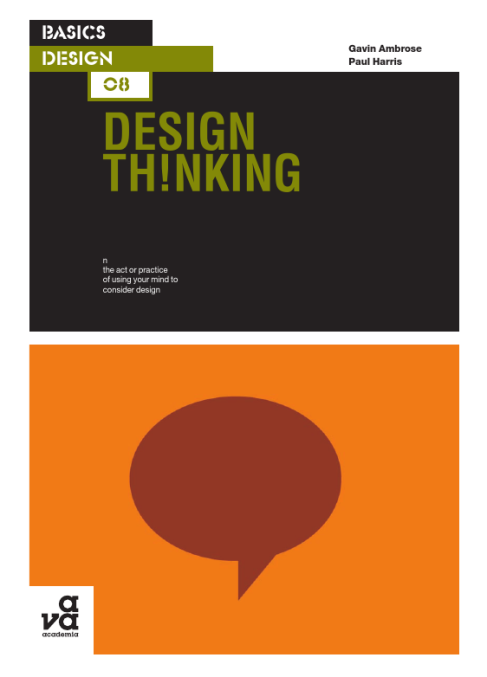I never really looked at a logo that I thought was well-designed and thought, “Wow, I wonder who designed that?” I am more inspired by art itself, I don;t go out of my way to find out more about a designer, because that doesn’t interest me, instead of looking for the designer of a logo that I like, I instead look for what style and elements that design utilises, such as minimalism and the use of negative space. I am also a sucker for vibrant colours, and as far as I know, the trend right now is minimalist, designs that incorporate vibrant, flat colours. Take Windows 8 for example, the whole operating system is full of minimalism and flat colours, from the app tiles, to the shut down screen. In my opinion, this style is my favourite, I just love how simple everything looks, yet I can understand and respect the huge amount of effort that it actually required for the designers to make everything look so simple, yet still portray the right message and look attractive.
Now, when looking for some specific logos that inspired me, I actually came across a design firm named Logomotive. I looked through their portfolio, and I have not yet seen a logo in their gallery that I do not like, Every single logo that they have on display incorporates exactly what I said earlier, I have chosen my favourite logos from their site and put them below. Each of them is designed intelligently and does an excellent job of signifying their brands.

